Endotoxin, a toxic chemical found in bacteria, makes up only 0.0001% of PM2.5 fine particles but packs a serious punch when it comes to its bioactivity.
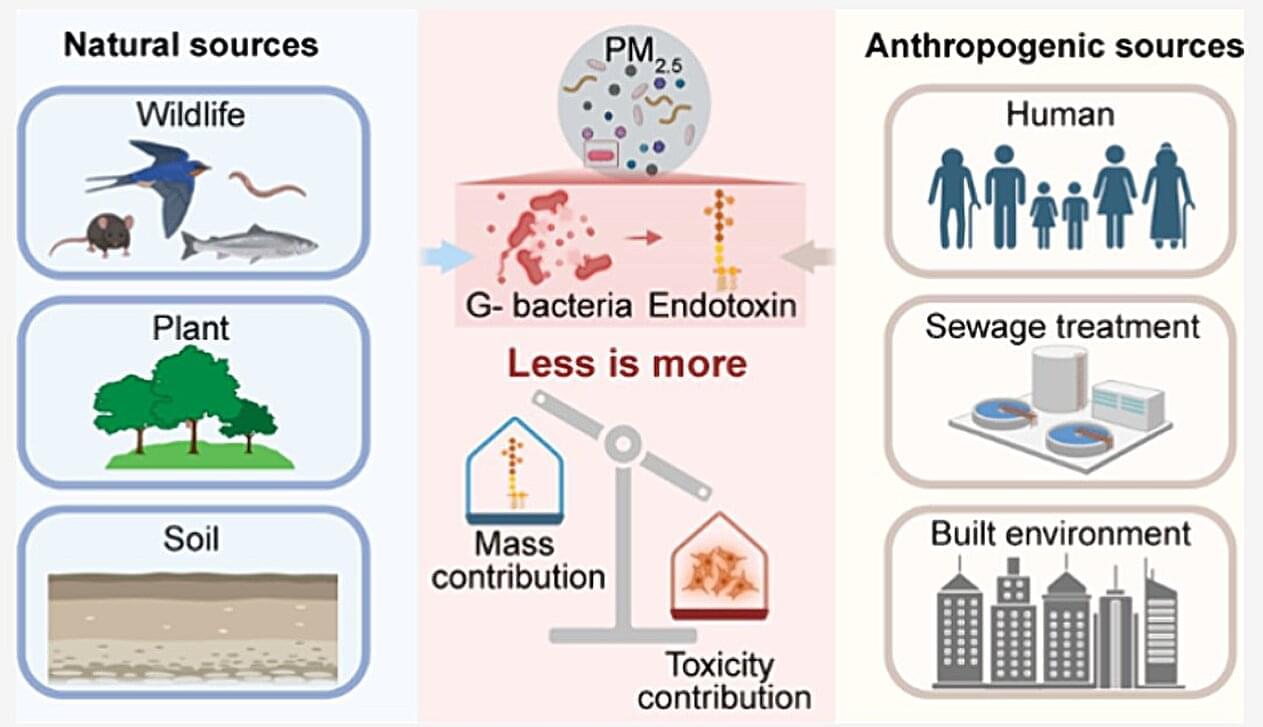

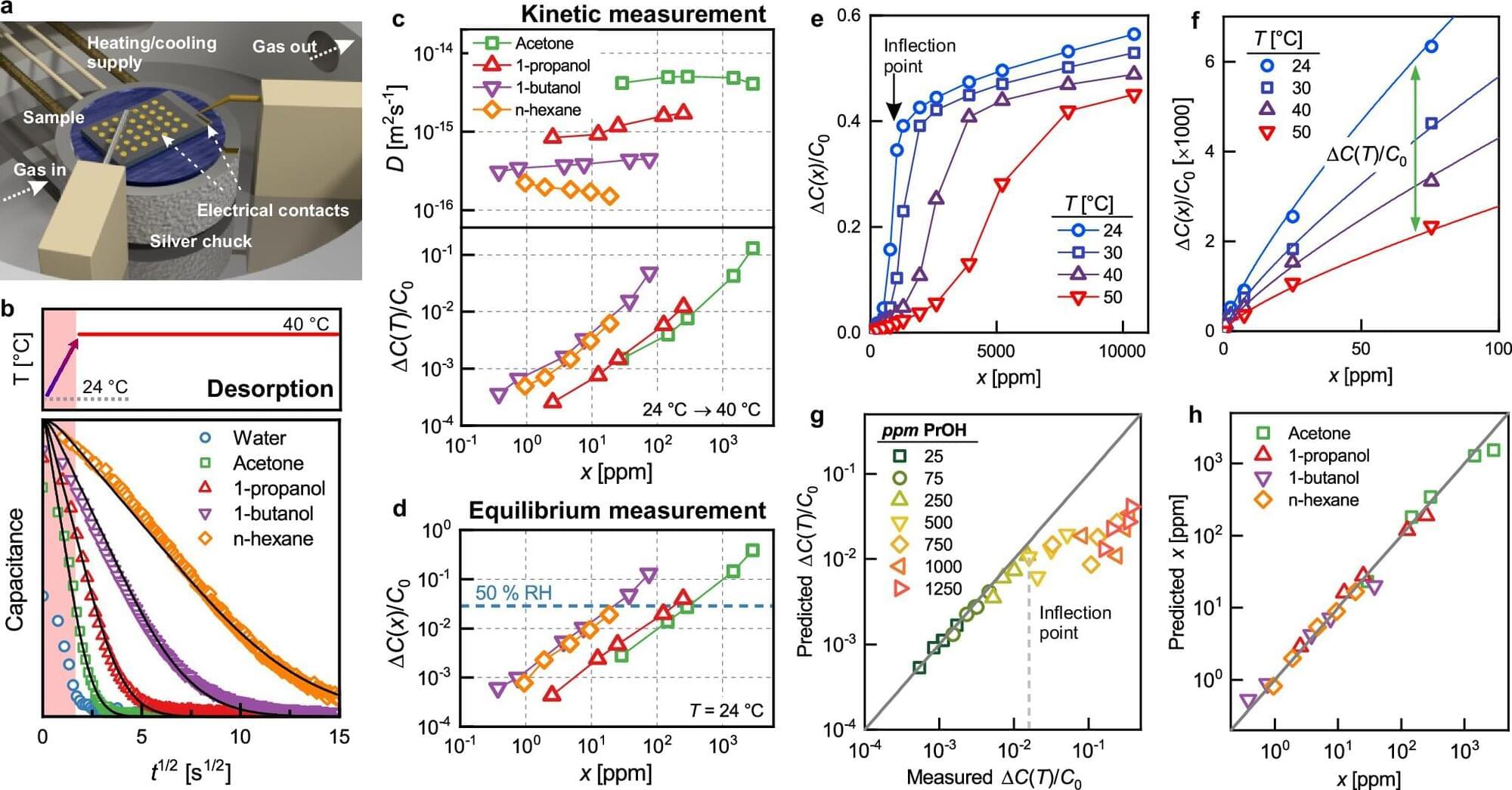
From breath analysis to explosive detection, many applications require reliable electronic “noses.” Unfortunately, current technology often falls short. That is why researchers at KU Leuven have developed a flexible sensor platform that not only detects gases, but also records their speed—like a speed camera.
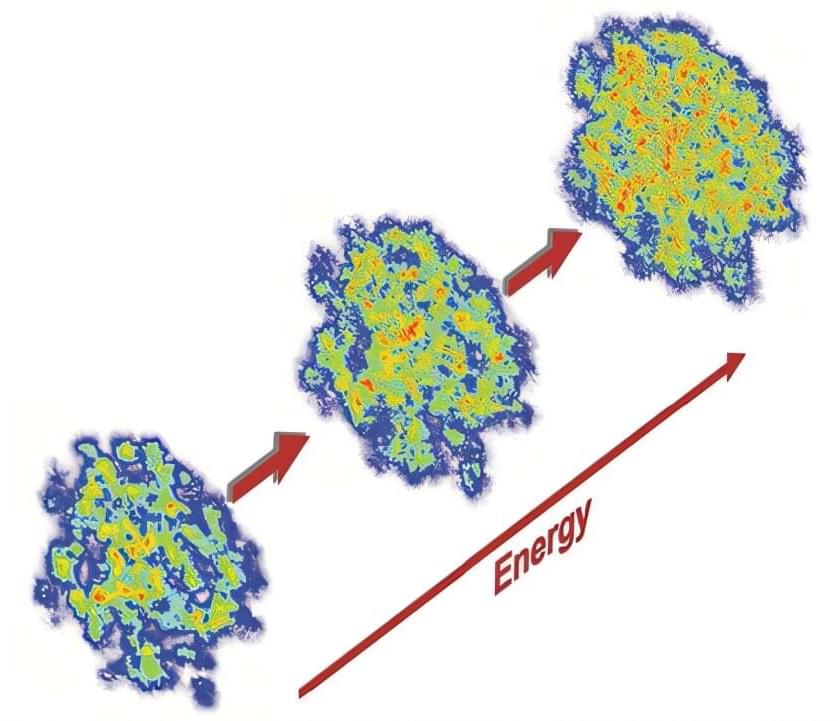
A researcher, Heikki Mäntysaari from the University of Jyväskylä (Finland), has been part of an international research group that has made significant advances in modeling heavy ion collisions. New computer models provide additional information about the matter in the early universe and improve our understanding of the extremely hot and dense nuclear matter. The work is published in the journal Physical Review Letters.

Time-varying systems, materials with properties that change over time, have opened new possibilities for the experimental manipulation of waves. Contrarily to static systems, which exhibit the same properties over time, these materials break so-called temporal translation symmetry. This in turn prompts the emergence of various fascinating phenomena, including time reflection, refraction and diffraction.
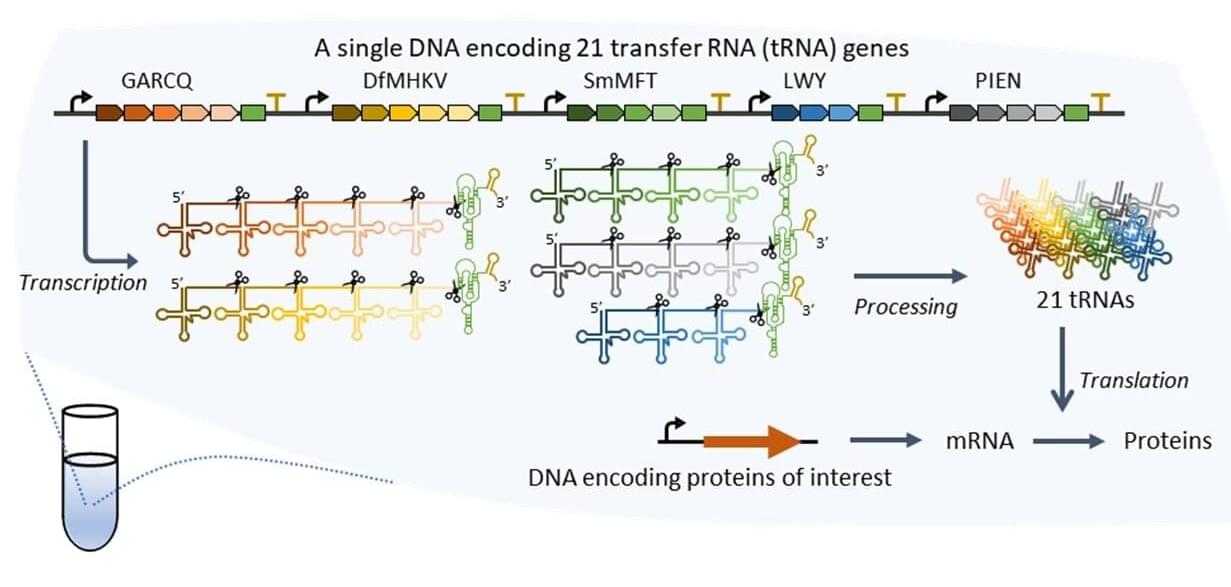
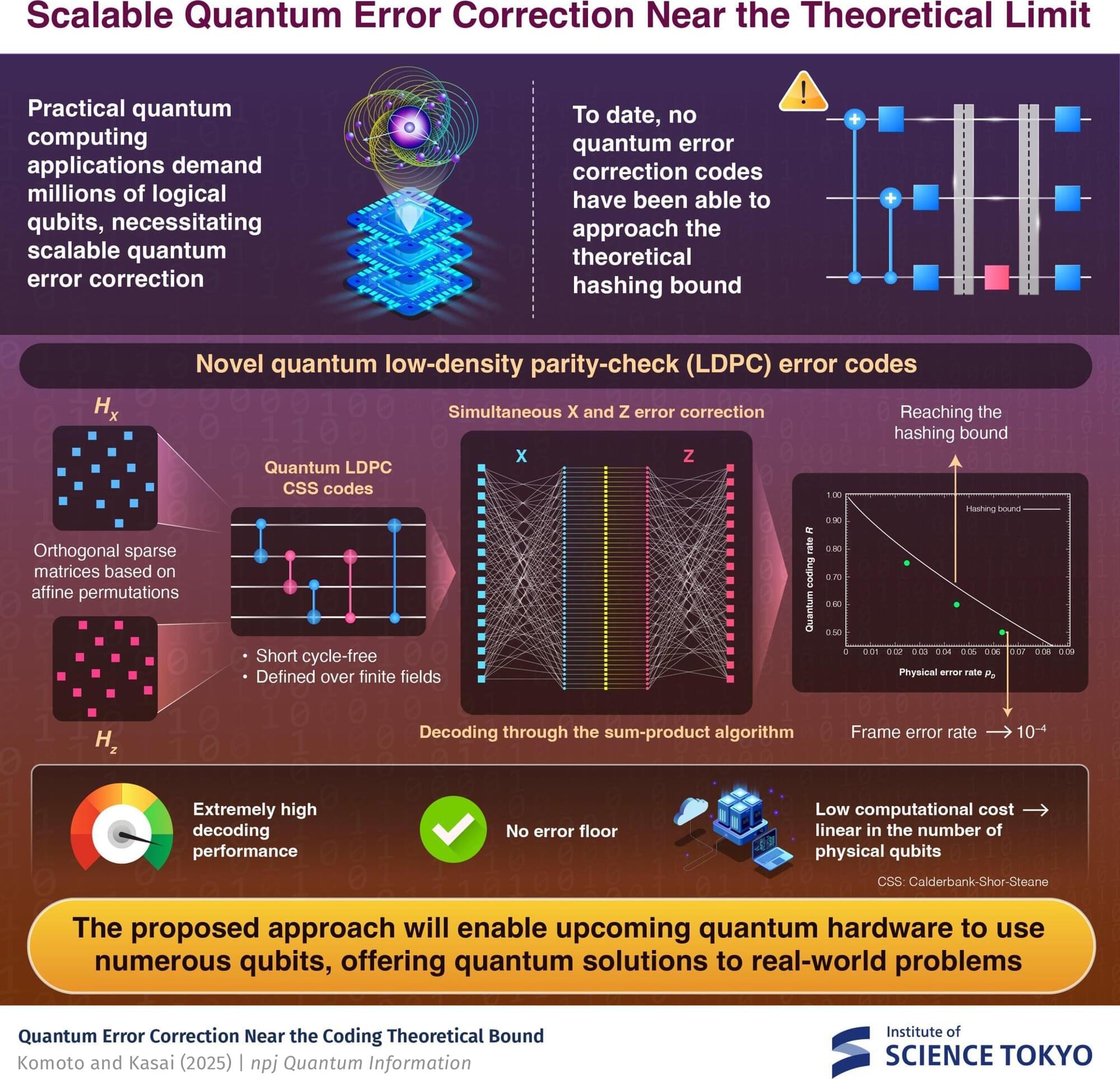
A new class of highly efficient and scalable quantum low-density parity-check error correction codes, capable of performance approaching the theoretical hashing bound, has been developed by scientists at the Institute of Science, Tokyo, Japan. These novel error correction codes can handle quantum codes with hundreds of thousands of qubits, potentially enabling large-scale fault-tolerant quantum computing, with applications in diverse fields, including quantum chemistry and optimization problems.
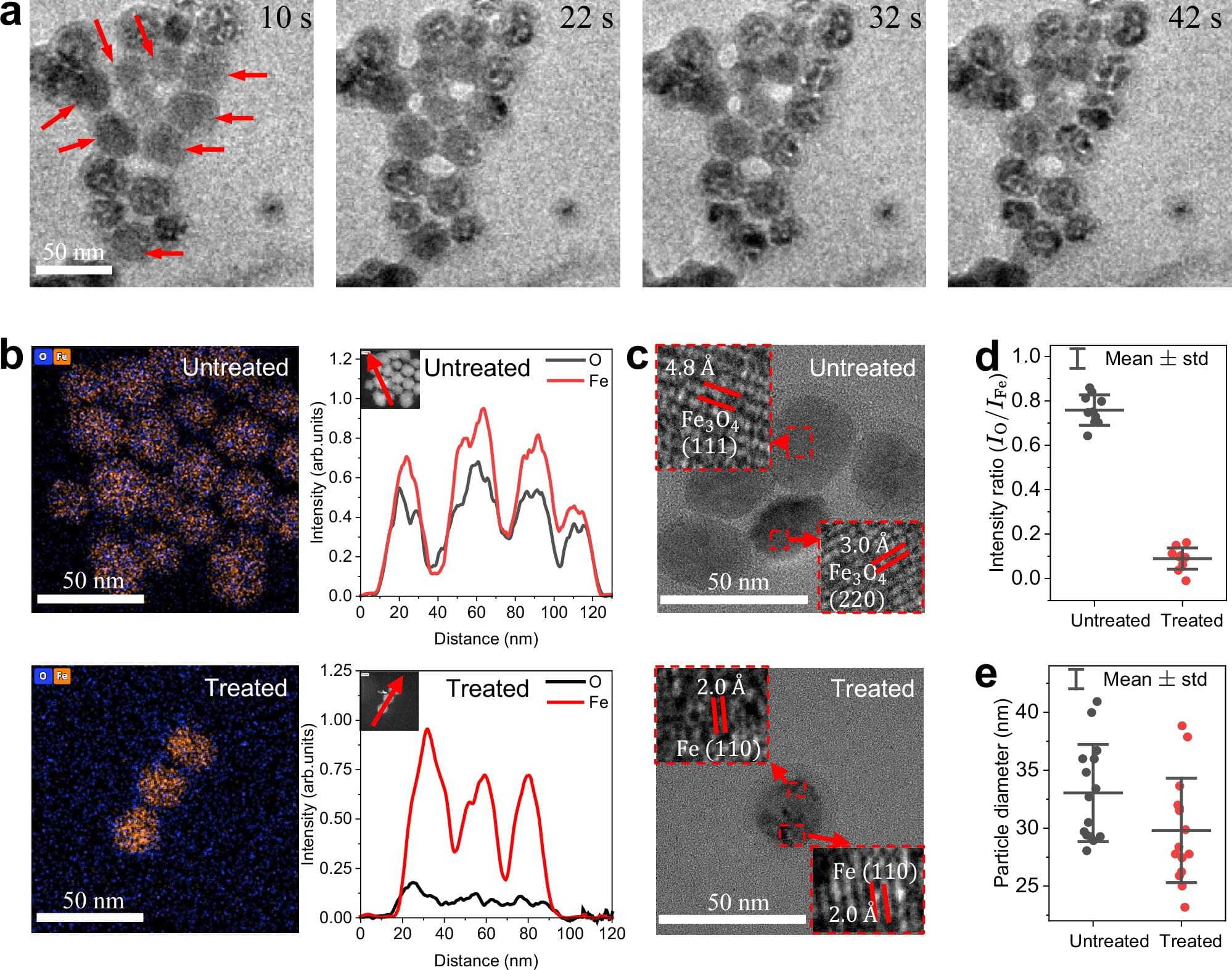
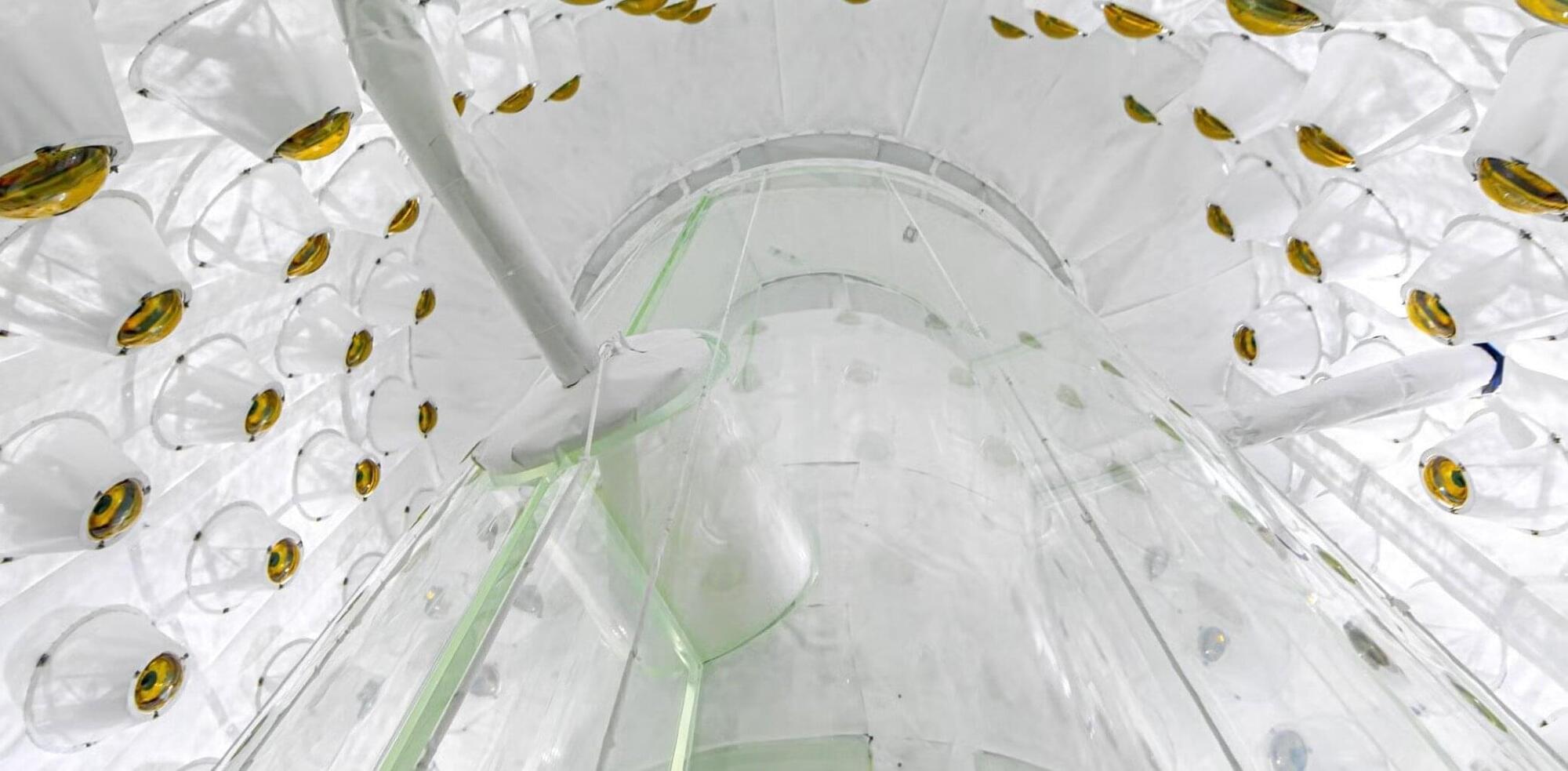
Determining the nature of dark matter, the invisible substance that makes up most of the mass in our universe, is one of the greatest puzzles in physics. New results from the world’s most sensitive dark matter detector, LUX-ZEPLIN (LZ), have narrowed down the possibilities for one of the leading dark matter candidates: weakly interacting massive particles (WIMPs).
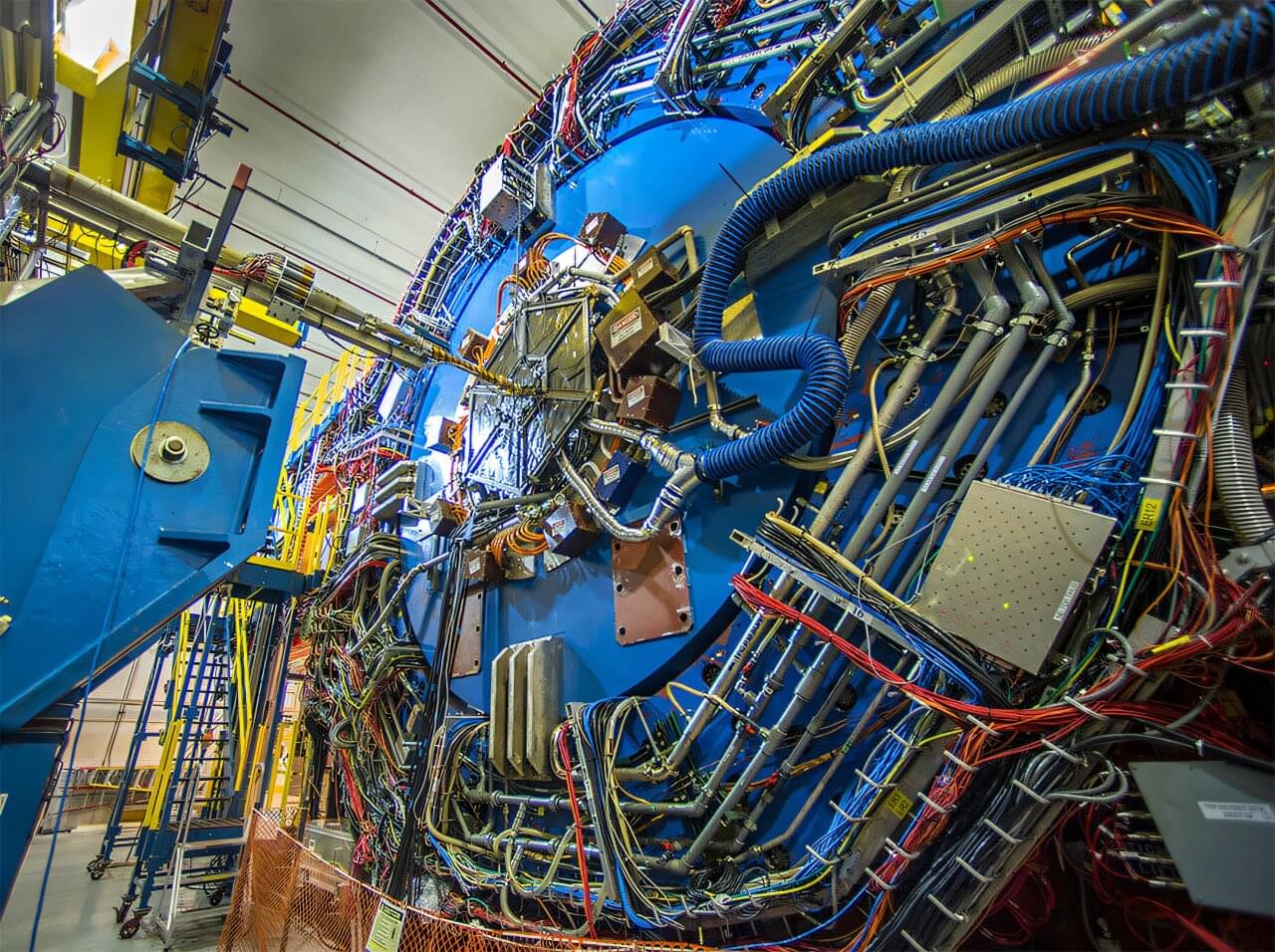
Members of the STAR collaboration, a group of physicists collecting and analyzing data from particle collisions at the Relativistic Heavy Ion Collider (RHIC), have published a new high-precision analysis of data on the number of protons produced in gold-ion smashups over a range of energies.
The results, published in Physical Review Letters, suggest scientists have observed one part of a key signature of a “critical point.” That’s a unique point on the “map” of nuclear phases that marks a change in the way quarks and gluons, the building blocks of protons and neutrons, transition from one phase of matter to another.
Discovering the critical point has been a central goal of research at RHIC, a U.S. Department of Energy (DOE) Office of Science user facility for nuclear physics research at DOE’s Brookhaven National Laboratory. Like centuries-old efforts to map out the solid, liquid, and gaseous phases of substances like water, it’s considered essential for fully understanding and describing the quark-gluon plasma.
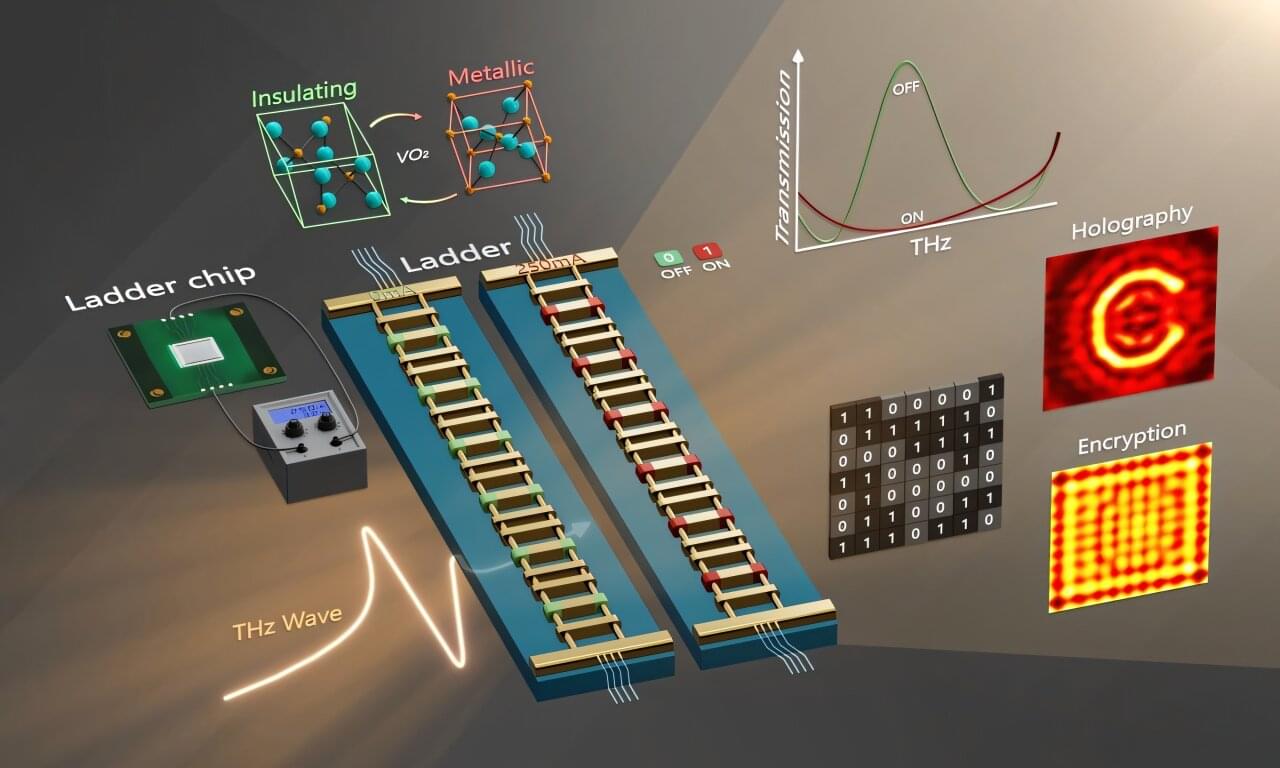
The terahertz (THz) band of the electromagnetic spectrum holds immense promise for next-generation technologies, including high-speed wireless communication, advanced encryption, and medical imaging. However, manipulating THz waves has long been a technical challenge, since these frequencies interact weakly with most natural materials.
Over the past two decades, researchers have increasingly turned to metasurfaces to tackle this problem. These are ultrathin materials carefully engineered to exhibit specialized properties, providing unprecedented control over THz waves.
Ideally, metasurfaces for THz applications in encryption and holography should be easily configurable, featuring an adjustable response that can be controlled externally. Despite this, tunable metasurface systems often rely on cumbersome or energy-inefficient methods, such as external thermal control.